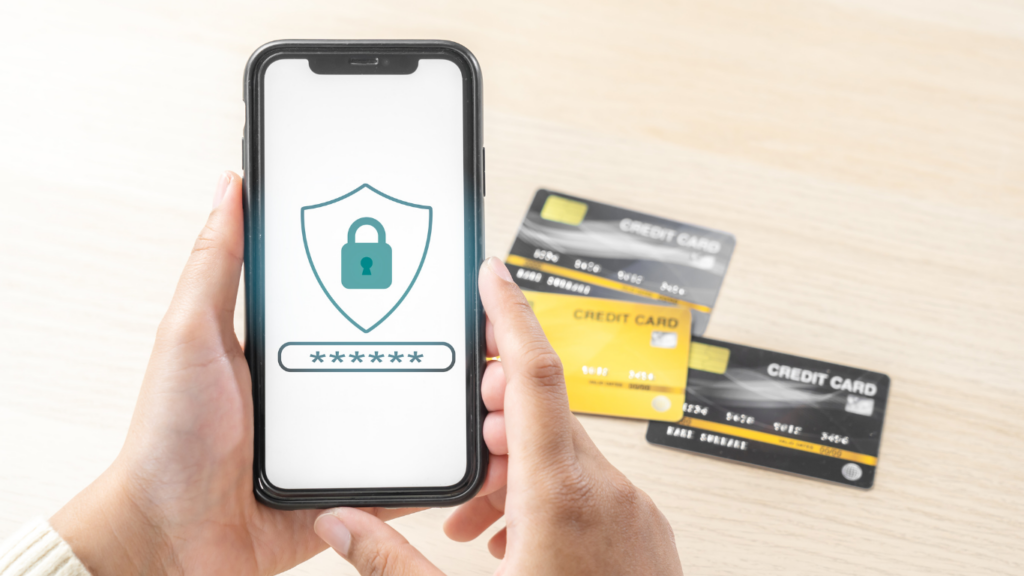Understanding The Importance Of Online Safety
Online safety is crucial for several reasons. Children are exposed to various online threats, including:
- cyberbullying
- inappropriate content
- identity theft
Ignoring online safety can lead to emotional distress and, in severe cases, long-term psychological harm. It’s essential to educate children about potential dangers to help navigate the digital world.
Cyberbullying can affect a child’s mental health. Bullies hide behind screens, making it hard for children to escape harassment. Emotional support from parents can bolster a child’s resilience against online bullies.
Exposure to inappropriate content can lead to distorted views. The internet is vast and often lacks safeguards to prevent children from encountering harmful material. Content filters and open communication help mitigate these risks.
Identity theft is another concern. Children may inadvertently share personal information, making them targets for fraudsters. Teaching kids about privacy settings and monitoring their online activities can protect them from identity theft.
Maintaining open lines of communication with children about their online experiences creates a trusting environment where they feel safe sharing issues. Regular conversations ensure that kids know they can turn to parents if they encounter problems online.
Understanding online safety isn’t optional; it’s a necessary step in today’s digital parenting. With awareness and proactive measures, parents can significantly reduce risks and create a secure online environment for their children.
Common Cyber Threats Facing Children
Children face numerous cyber threats in today’s digital world. Awareness of these threats helps parents take preventive steps.
Phishing And Scams
Phishing targets children using deceptive emails or messages to steal personal information. Cybercriminals create fake websites mimicking trusted sources, luring children to enter sensitive data. Common scams include fake prize notifications and free game downloads, which entice kids to share details like addresses or school information.
Cyberbullying
- Cyberbullying involves the use of digital platforms to harass or intimidate children.
- This can happen through social media, messaging apps, and online gaming.
- Cyberbullying impacts mental health, leading to anxiety, depression, and low self-esteem.
- Kids may face name-calling, exclusion from groups, or malicious rumors.
Inappropriate Content
Exposure to inappropriate content includes accessing sites with violent, sexual, or graphic material unsuitable for children. Kids might encounter these through pop-ups, social media links, or shared files from peers. Inappropriate content risks include psychological distress and skewed perceptions of reality.
Tools And Strategies For Protecting Kids Online
Protecting kids online involves using the right tools and strategies. By incorporating parental control software, promoting safe browsing practices, and utilizing educational resources, parents can create a safer digital environment for their children.
Parental Control Software
Parental control software helps monitor and restrict children’s online activities. Programs like Norton Family, Qustodio, and Kaspersky Safe Kids allow parents to set screen time limits, block inappropriate content, and track online behavior. These tools send alerts when potential dangers arise and provide detailed reports on usage patterns. Configuring these settings can help parents stay informed about their kids’ online activities and intervene when necessary.
Safe Browsing Practices
Safe browsing practices teach children how to navigate the internet securely. Encourage the use of secure websites by looking for “https://” in the URL and Padlock icons. Teach kids not to share personal information, such as addresses or phone numbers, on untrusted sites. Use search engines like Kiddle and Safe Search Kids, designed for safe browsing, to minimize the risk of exposure to harmful content. Ensure children understand the importance of logging out of accounts and turning off cookies on shared or public computers.
Educational Resources
Educational resources are essential in teaching children about online safety. Websites like Common Sense Media and Netsmartz offer interactive lessons and videos on cybersecurity for kids. Schools and libraries provide workshops and seminars on digital literacy, helping children understand the risks and maintain safe practices online. Encourage children to participate in these programs to boost their awareness and ability to navigate the internet responsibly.
Using these tools and strategies, parents can better protect their children from online threats.
Setting Up A Secure Home Network
Ensuring a secure home network is essential in protecting your kids online. A well-configured home network can prevent unauthorized access and mitigate many security risks.
Configuring Your Router
Start by accessing your router’s settings page using the provided IP address, typically found on the router’s label or manual. Change the default username and password to prevent unauthorized access. Enable WPA3 encryption to secure your Wi-Fi network; it’s more robust than WPA2. Disable WPS and UPnP features, as they can be exploited by hackers. Ensure the router’s firmware is up-to-date to protect against security vulnerabilities.
Using Strong Passwords
Create strong passwords for all devices connected to your network. Use a combination of uppercase and lowercase letters, numbers, and special characters. Ensure passwords are at least 12 characters long. Avoid using easily guessable information like birthdays or common words. Use a password manager to track these passwords securely and change them periodically to enhance security further.
Monitoring And Communicating With Your Children

Parents play a crucial role in protecting kids online. Monitoring and communication are key aspects of ensuring children’s safety on the internet.
Encouraging Open Dialogues
Initiate conversations about online activities. Ask about the websites they visit, the games they play, and the people they interact with. Create an environment where they feel comfortable sharing their experiences. Address any concerns they have without judgment to build trust.
Regular Online Activity Checks
Consistently review your children’s internet use. Monitor their browsing history, social media interactions, and app usage. Tools like Norton Family and Qustodio can help track online activity. Setting time limits for screen use prevents excessive exposure and balances online and offline activities.





